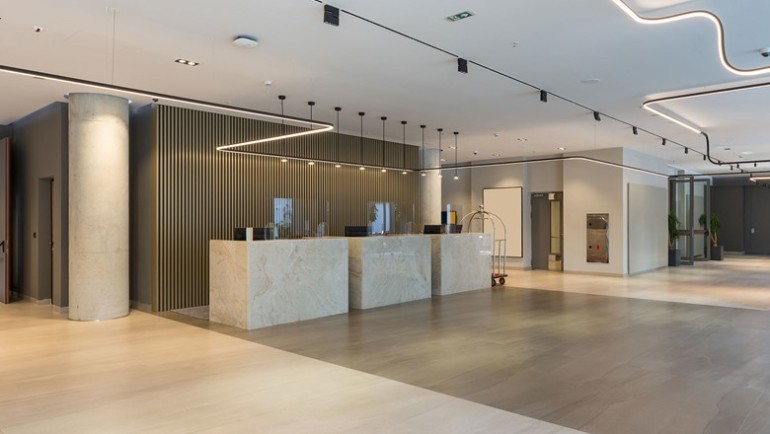Sponsored Listings:
The pandemic is projected to erase roughly a decade’s worth of RevPAR gains for the U.S. hospitality sector, hotel data firm STR reported Tuesday, with nationwide room demand and average daily rate (ADR) unlikely to bounce back to 2019 levels until 2023 and 2025, respectively.
During a webinar, Jan Freitag, senior vice president of lodging insights for STR, said he expected U.S. RevPAR is to dip to $41.31 for 2020, down from $86.64 in 2019. For 2021, RevPAR is expected to increase to $56.95, a sum approximately on par with U.S. RevPAR levels in 2010.
The latest projections come as the U.S. hotel market’s recovery starts to stall in the third quarter.
After bottoming out with an 80% drop in April, RevPAR in the U.S. improved by approximately 10 percentage points each month between May and July. That trend slowed significantly in August, however, with RevPAR down 47.3% compared with the same month last year, and September RevPAR slipping 46.1% year-over-year.
“As September came around, we’re seeing that performance didn’t really move much,” said Freitag. “And we’re not sure that there’s really any catalyst for that to change into Q4.”
Freitag added that room rate recovery is seeing a similar slowdown. After rebounding steadily through the late spring and first part of the summer, U.S. ADR was down 22.7% for August and fell 24.9%, to just over $99, for September.
For 2020, STR predicts that ADR will be down 20.9% for the year. For 2021, ADR is expected to rise close to 6%, albeit from “a really low base.”
“It’s fair to say that that ADR recoveries are never V-shaped,” said Frietag. “Post-9/11, when we look at annualized ADR, it went from peak to trough in 12 months, and then trough to peak in 24 months. And then the same thing happened post-2008/2009, when ADR declined [over] 17 months from peak to trough and it took 36 months to go from trough to peak. It’s not unreasonable to assume that annualized ADR is going to continue to deteriorate and it’s going to take us twice as long for it to come back.”
Freitag added that each hotel’s “mileage may vary” depending on destination and property type, as beach and rural markets like the Florida coast, Montana, Idaho and Wyoming continue to see solid occupancies, driven by drive-market leisure travel demand.
Likewise, economy, midscale and upper-midscale hotels have outperformed higher-end segments, due primarily to the latter’s dependence on group and corporate travel.
“There really is no group demand,” said Freitag. “This is going to be the lead balloon for 2020. We’re going to continue to see drag on the performance of higher-end properties just because of the complete lack of corporate and association groups. Larger markets that have traditionally lived off citywide conventions and large meetings [have been] hit disproportionately harder, as well.”
Source: travelweekly.com










